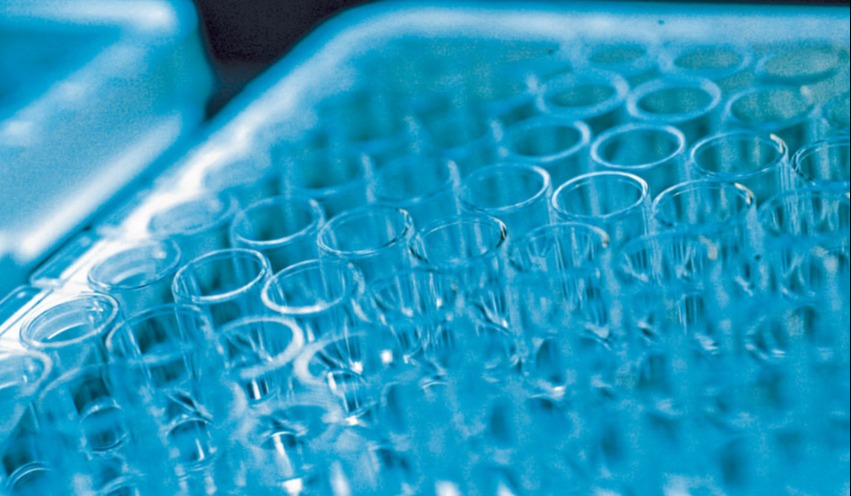- Other Products
- CCP
The complement system plays a key role in the immune defense against infection. In addition, it participates in the clearance of damaged cells and tissues and helps prevent cancer. However, uncontrolled complement activation may lead to life-threatening disorders, such as systemic inflammation and shock, dysregulation of coagulation/fibrinolysis, auto-aggression and under certain conditions tumorigenesis.


The complement system plays a key role in the immune defense against infection. In addition, it participates in the clearance of damaged cells and tissues and helps prevent cancer. However, uncontrolled complement activation may lead to life-threatening disorders, such as systemic inflammation and shock, dysregulation of coagulation/fibrinolysis, auto-aggression and under certain conditions tumorigenesis.
The complement system consists of a number of small proteins that upon complement activation are cleaved in a cascading reaction that results in further protein cleavage. Some of these cleavage products can be used as biomarkers that give valuable insights into e.g., disease relapse or response to various therapies.
Complement biomarkers are powerful tools in the prognosis of Systemic Lupus Erytomatosis (SLE). SLE is an autoimmune disease where the body attacks its own tissues resulting in widespread inflammation of the affected organs, including joints, skin, lungs, kidneys, brain and blood vessels. Strong genetic risk factors for SLE have been shown to result in deficiencies of several complement proteins, including C1q, C1r, C4, C2 and C3. Hence, these proteins are promising biomarkers for SLE. Indeed, antibodies against C1q can be used to predict renal flares in proliferative lymph node cells. In addition, measurements of C3 and C4 as well as other complement proteins, can be used to diagnose SLE.
Epilepsy is another example of a disease where complement biomarkers are used. Adults with epilepsy have higher levels of Factor H and Terminal Complement Complex (TCC) than healthy individuals. Kopczynskaa and colleagues have identified a set of six complement molecules that can be used to distinguish between epilepsy cases and controls.
So far, complement biomarkers are limited to a small number of diseases. However, complement biomarkers for a huge number of disorders could be used in patients where the baseline activity is known. In a future of personalized medicine, it may be standard procedure to have your baseline complement activity analyzed as a reference for future tests. With the recent explosion in the development of complement-modulating pharmaceuticals, there will likely be an increase in demand for complement monitoring and biomarkers.
Svar has over 15 years’ experience of complement system assay development. Our complement system assays have been developed by our experienced scientists in close collaboration with key opinion leaders, to yield sensitive, reliable and easy-to-use products for the exploration of most aspects of the complement system.
The Svar Complement activity biomarkers give valuable intelligence in several situations where one might suspect that complement activation plays a role in the disorder. They are developed to target the unique neoepitopes only presented at the complement component or complex when activated.
Take advantage of our complement expertise and let us guide you on the Complement Pathway!